Twenty Four Hours in Shiraz
This is a story written by my father, Abbas Hooshmand. It’s about some personal events happening to him and to his family in Shiraz and Bushehr in the lead-up to the Iranian Revolution (انقلاب ایران, enqelaab-e Iraan). The Iranian Revolution gradually happened over the course of around year from 1978-1979 and was driven mostly by dissatisfaction with the royal family, who Iranians believed was corrupt.
The revolution culminated in Ayatollah Khomeini taking control from the Shah on 11 February, 1979, and the Islamic Republic being formed shortly afterwards. The rest is modern history, and makes up for our perception of Iran as we know it.
Much of the story relates to the persecution of the Baha’is in Iran. The Baha’is are the largest religious minority in Iran — i.e. more numerate than Christians. They are considered heretics by the Islamic Iranian government, in theory because their beliefs go against modern Islamic doctrine, but also for political and historical reasons that mean that Baha’is are much more discriminated against in Iran than in any other Islamic nation.
Iranian citizens who identify as Baha’is are not permitted the same civil rights as other Iranians, including not being allowed to attend higher education, to own land, and in the past to own a passport. This is aside from a long history of imprisonment and extrajudicial killings.
In the past, when I travelled to Iran with my mother and brother (under the one passport), we also had our passport taken at the airport and were not allowed to leave the country for two months. I was just young at the time, but it really affected my mother and brother. We nearly relocated to Iran!
Because I fear I’ll be arbitrarily imprisoned, I haven’t been back since — it’s the main thing holding me back from connecting with my heritage culture and language, something I really want to do. Instead, we look to how we can study Persian outside Iran.
The photos from the story below are from public archives.
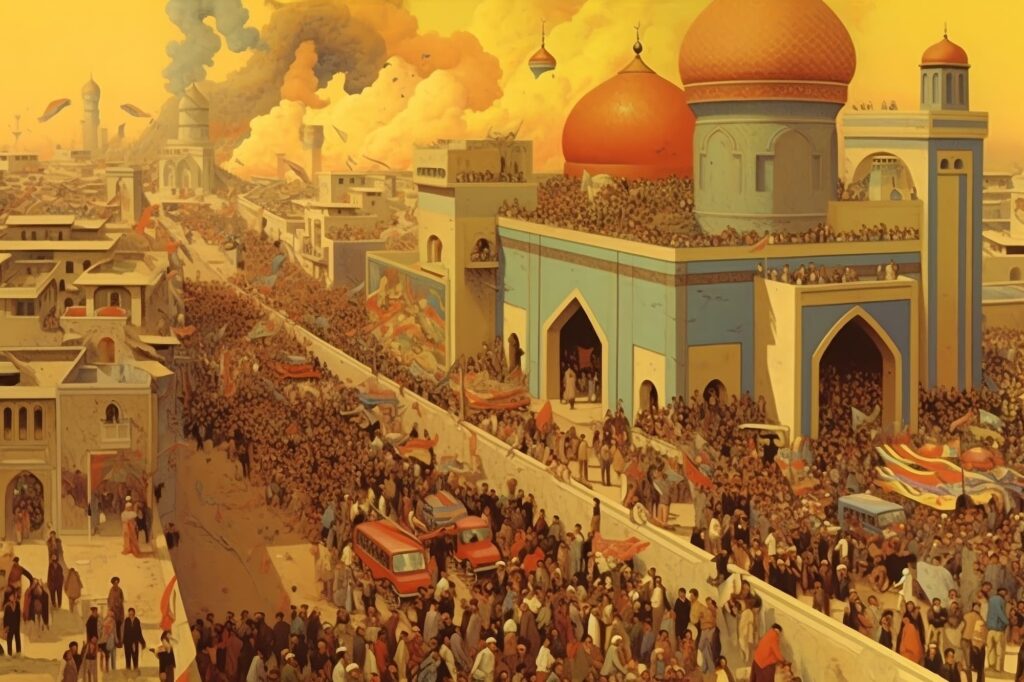
Contents
Travelling to Shiraz
It was early in the afternoon of 14 December 1978. I had just finished a phone call with my wife who was studying in London at the time. I boarded a flight from Tehran, where I had been for business, to Shiraz, where my family lived. In my jacket pocket, I held a letter addressed to Iran’s chief Ayatollah (a high-ranking clergyman representing the Shi’ite muslims of Iran, 98 percent of the population), Ayatollah Shariatmadari. It was never to be posted.
Ayatollah Shariatmadari was regarded as an exception among Ayatollahs of the time for being moderate, thoughtful, and peace-loving. The letter I had written addressed what I considered to be an important issue — protecting the rights and safety of the minority Baha’i religious community, to which I and my family belonged, against an imminent threat.
I was a young engineer working in Iran’s first nuclear power plant, which was under construction in the city of Bushehr in southern Iran. This was an electrical power plant being built by the German company Kraftwerk Union (KWU) under contract with the Atomic Energy Organisation of Iran (AEOI). The company and organisation had stationed me in Bushehr in a home.
I was not a particularly religious person at the time, but I was sensitive to the security of the Baha’i community because firstly it was the religion into which I was born, and secondly because I considered its persecution to be unjust.
I was travelling to Shiraz to spend a few days with my family before heading for work in Bushehr. Once aboard the plane, I couldn’t help but overhear a conversation between two male passengers in the row behind me. Their conversation, initially about real estate in Shiraz, switched to the concurrently occurring burning of the properties and belongings of the members of the minority Baha’i community. My ears pricked up as I eavesdropped. I was eager to hear about news of Shiraz — as even overheard conversations were more reliable than the government-controlled and generally untrustworthy media.
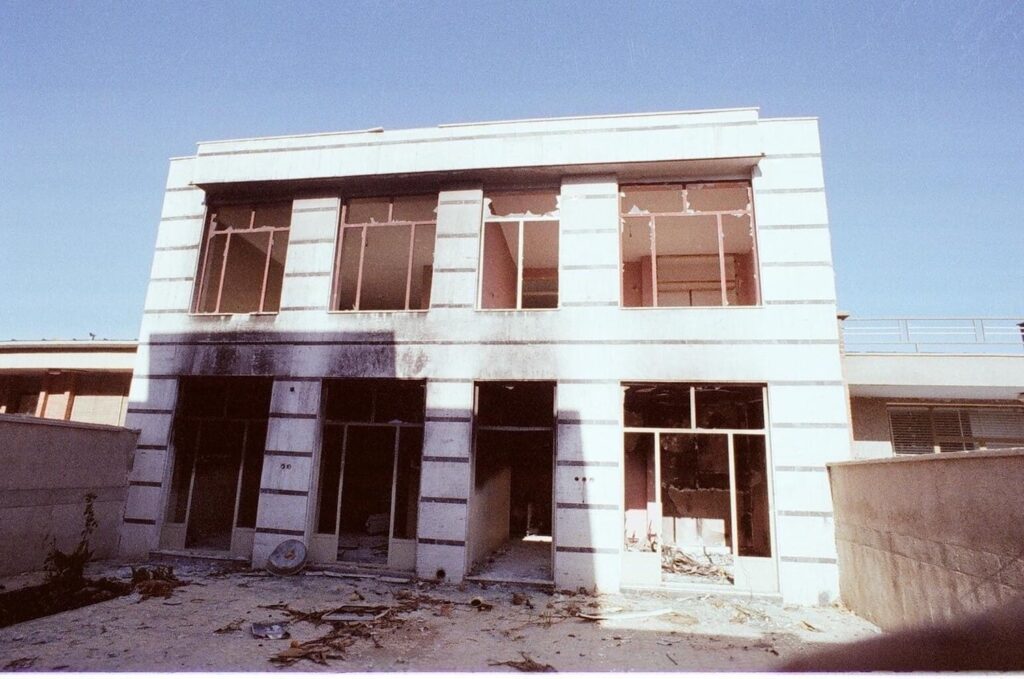
The two men were chatting about a crowd in Shiraz attacking and destroying Baha’i residences in a riot provoked by another Ayatollah (named Daste-Gheib) under a convoluted pretext, a rumour that a sergeant in the army who was a Baha’i had shot some Muslim invaders who had attacked his home, allegedly to try to convert him to Islam.
I pressed my arm over the letter in my jacket, remembering its contents — a warning to the sympathetic Ayatollah Shariatmadari of an imminent threat to the Baha’is that would endanger many lives and homes.
I had been told of these planned riots a few weeks prior. An acquaintance who had connections with the national security agency Savak had whispered to me of a plan to divert the tide of the nascent Iranian revolution. The revolution was against the Shah, the last remaining Iranian monarch. The goal of Savak’s plan was to redirect the ire of the people away from the Shah and towards the Baha’i community, and to thus also invoke the sympathy of the Muslim clergy, most of whom were contemptuous of the Baha’is.
The Baha’is had always been persecuted by the Shi’ite Muslim leaders of Iran since its inception over a hundred years prior. Persecution of the Baha’is was not news to anyone. But the Savak security agency was exploiting this tradition of mistreatment to create a scapegoat for malcontent, to save the dynasty.
The regime of the Shah of Iran was in a last-ditch struggle to survive and was apparently ready to trade the safety of the Baha’i community for its survival.
This strategy had been used successfully in the past. In 1955, the Shah’s regime pleased the Iranian Ayatollahs by ordering the destruction of the Baha’i centres and implementing a range of discriminatory measures against the Baha’is. This helped bring the clergy onside.
Before writing the letter warning of this danger, I was advised that systematic attacks had begun on Baha’is in many places around the country, but I could not believe such acts would take place somewhere like Shiraz, known for being advanced and progressive.
Arriving in Shiraz
Once I landed in Shiraz around an hour later, I found a taxi to take me home. I was very anxious about my family’s safety. As I got out of the taxi and began walking towards my parents’ home, I already saw a mob of mostly very young men attacking and burning properties belonging to two Baha’i families in our neighbourhood.
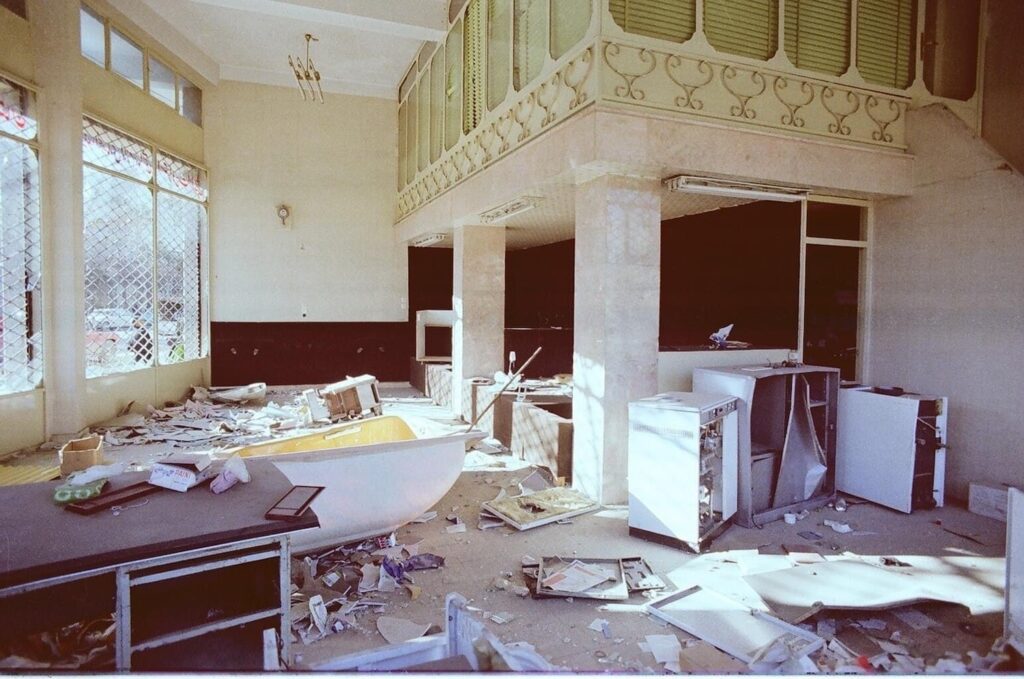
I tried to proceed towards my home calmly. I heard a man in the mob shouting “We must kill them all!”. As I drew near to my parents’ residence, a Muslim lady in our neighbourhood approached me and advised me not to go further. She assured me that my family had escaped to safety and our home contents had been saved from looting and sabotage. There was no time to waste. I had to escape.
Using a public phone I managed to find where my family had hidden. We had a Muslim aunt who was very affectionate. She had offered to protect us under one condition: we could not go out in daylight or be visible in the neighbourhood, as it would endanger her safety as well as our own. I went to my aunt’s home by taxi.
The Evening
My parents were relieved to see me safe. My father assured me that our home had been saved from fire by our moderate Muslim neighbours. Apparently, they had convinced the angry mob that setting this Baha’i home on fire would endanger the adjacent properties belonging to Muslims. Our lovely Muslim neighbours had also taken all our furniture to their homes, saving them from looting.
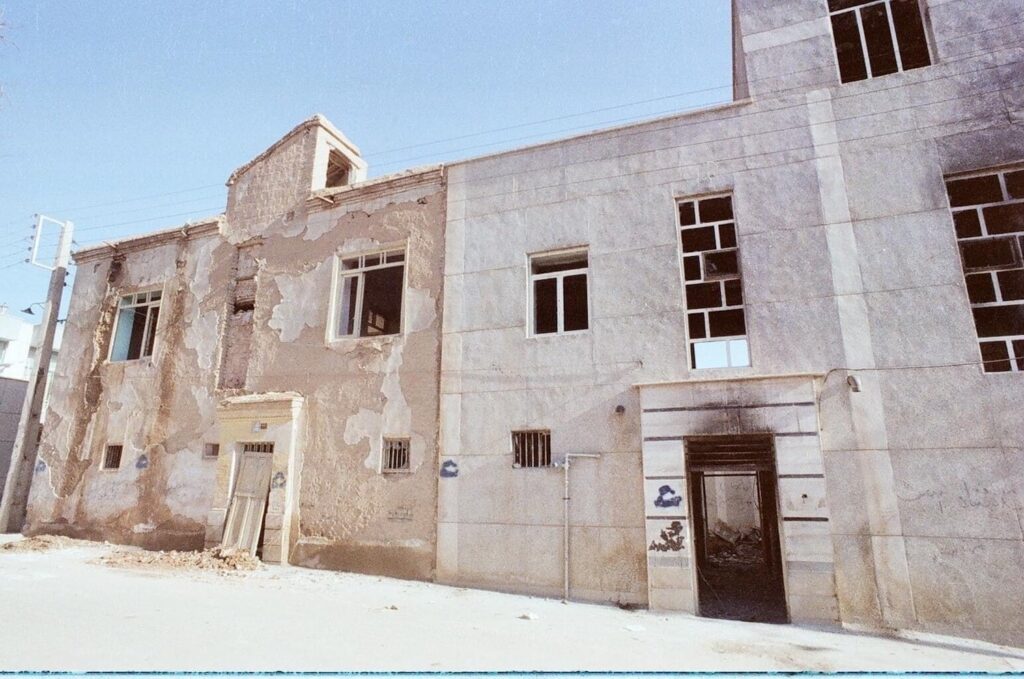
We could do nothing but wait and see what would happen. We heard the cars sounding their horns in anger and people walking back from the cemetery burying the dead. We couldn’t ring anyone, as my aunt did not yet have a phone installed in her home.
The following day, we watched a home belonging to a Baha’i as it was being looted. This time all its contents were set on fire at the entrance. We clandestinely watched this horrifying scene. I noticed tears on my father’s cheeks.
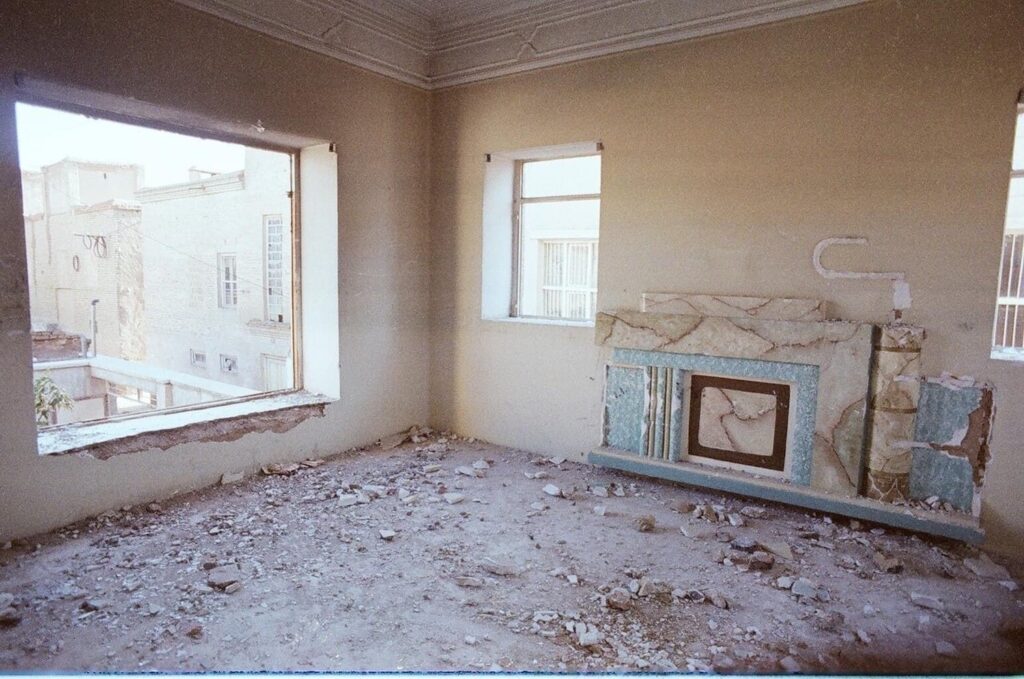
Later, we found that on that day hundreds of houses belonging to Baha’is had been torched or looted in a very systematic and thorough manner. It appeared as if it were pre-planned. We also heard of some exceptional cases in which a nice Muslim clergyman had tried (and failed) to save his Baha’i neighbour’s property from damage.
The Day After the Attacks
The following day, my brother and I decided to try going outside, escorted by our Muslim cousins. We had to walk discreetly, avoiding being recognised.
Crowds mostly of young men were walking back from the funeral for the Muslim men killed in the event that sparked the mob violence. To us, their eyes seemed to speak volumes of hatred.
That day, we found out more about what had caused the looting and burning. It was the Shiraz-based Ayatollah Daste-Gheib who had provoked the mob’s anger. This Ayatollah was notorious for his contempt of the Baha’is and was known as a mob agitator.
According to the Ayatollah’s rumours, a Baha’i Sergeant Major by the name of Fahandej had fired his shotgun at a group of Muslims, killing a number of them, before being shot dead himself by soldiers.
But the context of the assault, others said, was that he had fired upon people who were attacking his home and climbing onto the roof of his house.
Still others said that Fahandej only fired his hunting shotgun into the air to disperse the crowd while waiting for the police to arrive, and that he and all the assailants were killed by Savak agents who had pre-positioned themselves on the rooftops, as part of a plot.
The facts of the matter were never investigated as they quickly became irrelevant. The rumours had already spread that a Baha’i had killed some Muslims, and the attacks on Baha’i properties began.
Ayatollah Daste-Gheib Shirazi, one of Shiraz’s two most prominent Ayatollahs, took this act of violence by a Baha’i against Muslims and used it to incite a mob of thousands. No place was safe. The police and the army had been instructed by their hierarchy not to interfere with the mob violence. While they had to obey the orders, they did so unhappily.
Bushehr
The evening of the day after the mob attacks, another prominent Ayatollah by the name of Mahallati announced that while the Baha’i minority were spiritually misguided, they were innocent in the shooting event. Thus, Muslim mobs must stop attacking their homes. The police were also instructed later to resume their duties.
In light of this, some Baha’is felt safe enough to return to their homes, half consumed by fire and looted.

I still felt it was not safe to send my family back to their home in Shiraz, so I hired transport to take them all to Bushehr, where I was stationed.
There were eight of us altogether and I fit them all in the three-bedroom home given to me by the AEOI. The home was on the nuclear power station site and my family would be well protected along with German company staff who lived in the camp.
My family and I were soon joined by another Baha’i family — twelve of them — who had nowhere to take shelter other than my home in Bushehr. My wife flew back from the UK for her Christmas holidays a few days later to encounter a crowd of twenty people in our three-bedroom home.
I never sent my letter. The warnings I had written about came true before I ever got the chance.
The Iranian Islamic revolution took place three weeks after that day. That revolution heralded another wave of even more intense persecution against the Baha’is.






